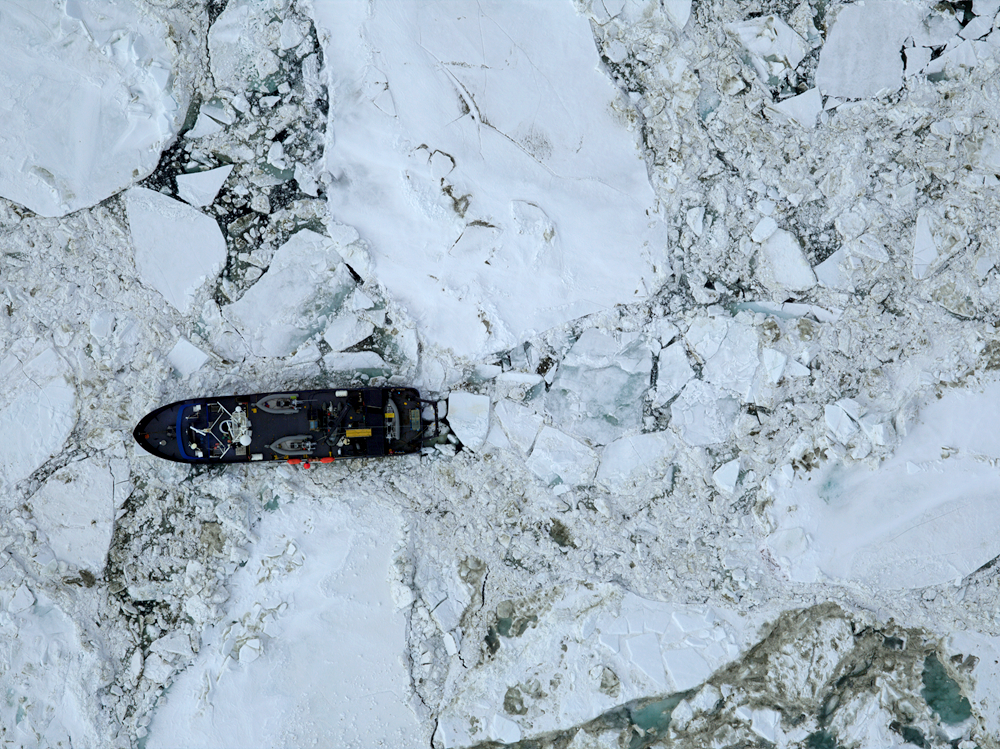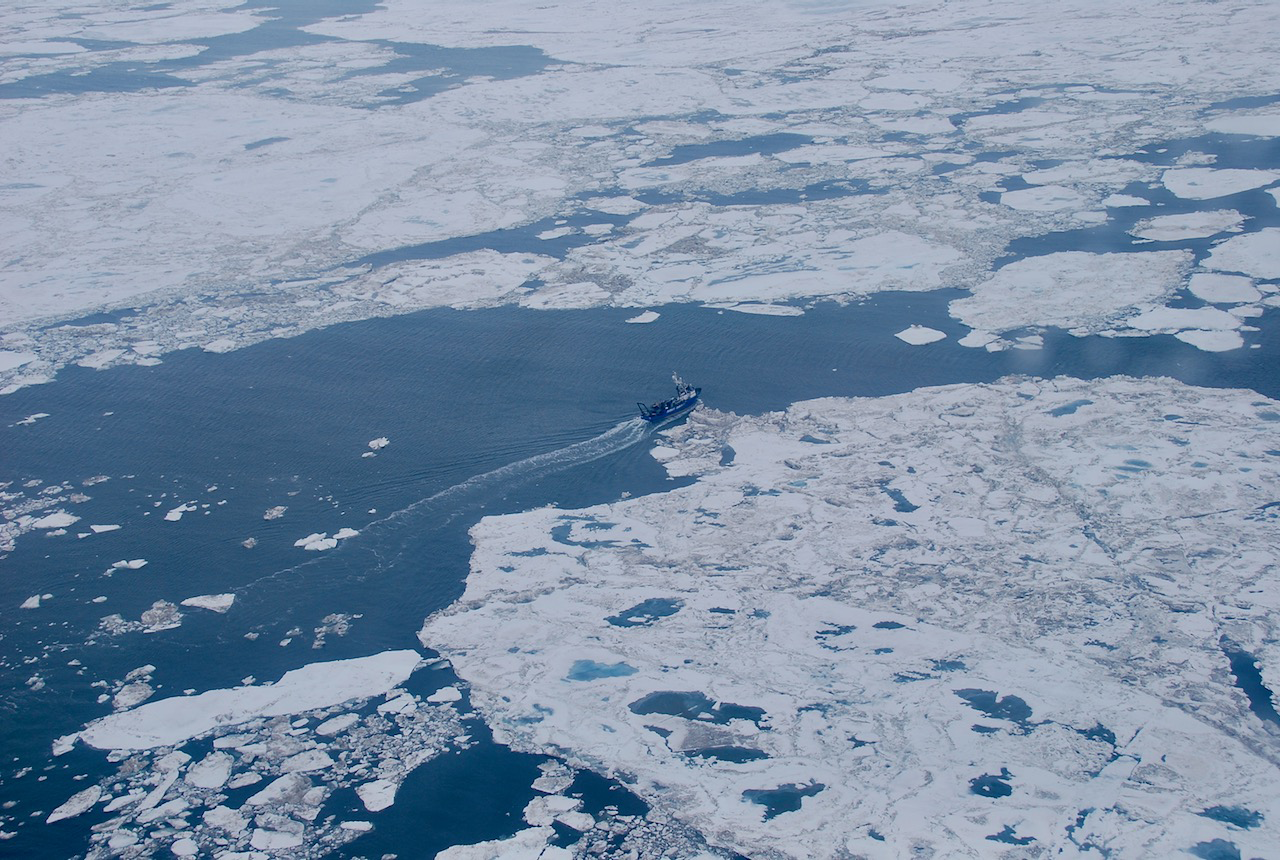Every month, NOAA’s Office of Response and Restoration’s (OR&R) Emergency Response Division (ERD) provides scientific expertise and services to the U.S. Coast Guard (USCG), ranging from producing oil spill trajectories that estimate where a spill may spread; to identifying possible effects on wildlife and fisheries; to estimating how long oil may stay in the environment. We also receive requests to track and model other floating objects, such as log booms or shipping containers that have broken free, whale carcasses, fish die-offs, and algal blooms.
So far this year, OR&R has responded to 95 incidents. During June, ERD provided response support for 17 incidents, including 16 new incidents in seven states. Thirteen of the new incidents were actual or potential oil spills, two were chemical spills, and one involved both oil and hazardous materials.
OR&R staff prepared 110 incident reports and documents, including seven fate and trajectory analyses. Four of the incidents this month were unknown volumes, but 12 of the incidents had volume estimates. Cumulatively, these incidents posed an approximate risk of more than 150,000 gallons of oil and chemicals.
(Note: All spill volumes are approximate and based on initial information that may be updated after further investigation.)
R/V Norseman II Stuck in Ice; Bering Strait, Alaska
OR&R provided predictive spill modeling for a possible pollution response as well as weather and environmental monitoring support to assist the USCG's response to a research vessel immobilized by ice in northern Alaska with 39,000 gallons of diesel onboard.

In early June, the Research Vessel (R/V) Norseman II began encountering significant challenges as it navigated through the ice north of Shishmaref and west of Kotzebue, Alaska. Crew and 14 scientists onboard were conducting a study to determine Pacific walrus abundance in the Bering and Chukchi seas. The vessel became immobilized in sea ice about 35 miles north of Wales, Alaska in the Bering Strait.
On June 4, a NOAA aircraft studying sea ice retreat as part of the Arctic AIR project was able to conduct a five-hour mission to overfly the Norseman II to help them find a navigable path through the ice. The airborne team confirmed there was no channel with less than 50% ice coverage.
On June 5, the USCG contacted the NOAA Scientific Support Coordinator (SSC) regarding the vessel. USCG reported that, in addition to being fully encompassed by ice, the Norseman II had experienced a casualty to the rudder and needed to return to Nome, Alaska for repairs, but was otherwise intact. The vessel had 39,000 gallons of diesel onboard, however, no release had occurred. The USCG requested fate and trajectory modeling for a potential discharge that could occur within the next seven days.
An extended OR&R scientific support team monitored imagery, winds and weather, coastal currents, and forecasted sea ice conditions to support USCG’s contingency planning for a search and rescue operation or a pollution response, if the situation changed or the vessel sustained further damage.
Fortunately, a shift in weather and ice patterns allowed an open water channel in the region. As of June 18, the vessel had made it out of the ice and was transiting to Nome.

In addition to OR&R, a number of NOAA programs were involved in the incident. The National Weather Service’s Alaska Sea Ice Program provided the vessel and USCG with sea ice condition updates and forecasting. Aircraft from NOAA’s Office of Marine and Aviation Operations and NOAA Fisheries were made available to conduct overflights, as needed. NOAA’s Office of Coast Survey’s navigation manager offered to support the incident response.
M/V Michipicoten Hull Fracture in Lake Superior
To assist the USCG's response to a 690-foot bulk carrier suffering a hull fracture in Lake Superior, OR&R provided predictive spill modeling and a resources-at-risk assessment to prepare the response for potential spills along the vessel’s route to safety.
On June 8, the USCG notified the NOAA SSC for the Great Lakes that the Motor Vessel (M/V) Michipicoten, a 690-foot bulk carrier, experienced substantial hull damage while transiting southwest of Isle Royale in Lake Superior.

It was later discovered that a 14-foot fracture had developed in one of the ship’s centerline tanks. The cause of the fracture is under investigation. Within the first few hours of the casualty, 11 of the 22 crew members were evacuated from the Michipicoten to a nearby vessel of opportunity, the 990-foot freighter Edwin H. Gott. The remaining crew piloted the ship to shallower waters in northern Lake Superior to potentially beach the vessel. After reaching the region, the ship was stable enough to continue on to Thunder Bay, Ontario, Canada.
The Michipicoten was fully loaded with taconite (a low-grade iron ore) and carrying approximately 80,000 gallons of marine red-dye diesel fuel.
OR&R provided the USCG and Environment and Climate Change Canada trajectory modeling and a resources-at-risk assessment for potential spills along the route to Thunder Bay, Ontario, Canada, as well as potential areas to beach the vessel with minimal slope, a sandy bottom, and relatively lesser environmental sensitivity. Due to the nature of diesel fuel, it would not be persistent in the water in the event of a spill; the most serious threat would be toxicity to nesting birds and spawning fish.
The vessel was able to complete transit to Thunder Bay under escort by the M/V Edwin H Gott. USCG, U.S. Border Patrol, and National Park Service vessels were also actively involved. The vessel’s cargo was discharged and a temporary repair was conducted while in Thunder Bay. In order to complete permanent repairs, the vessel transited from Thunder Bay to Superior, Wisconsin, arriving safely at the shipyard on June 21.
Here is the complete list of June’s incidents. Click on the links to find out more:
- Mystery Sheen, Main Pass 80; off coast of Louisiana
- Oil Sheen #2 off Cape Flattery; Coastal Washington State
- Anhydrous Ammonia Release; Metlakatla, AK
- Sunken F/V Miss Courtney Kim; SE of Sand Point, AK
- Sheening M/V Aurora; Little Potato Slough, Stockton, CA
- Pipeline Spill at Delta Farms Oil Field, In Situ Burn; Lafitte, LA
- Release of Alkyl Ether Sulfate from Chemical Facility; Fieldsboro, NJ
- Oil Sheen off Cape Flattery, WA
- Plane Crash in Southern Washington; Ocean Shores, WA
- Two Sheens; East of San Clemente Island, CA
- M/V Michipicoten Hull Fracture in Lake Superior
- Plane Crash Near Jones Island; Jones Island Marine State Park, WA
- Recreational Vessel Hard Aground in Thunder Bay National Marine Sanctuary; Black River, MI
- M/V Norseman II Stuck in Ice; Bering Strait, AK
- Mineral Oil Spill, Leach Creek; Tacoma, WA
- M/V Crane, Stapleton Anchorage, NY Harbor; Staten Island, NY
